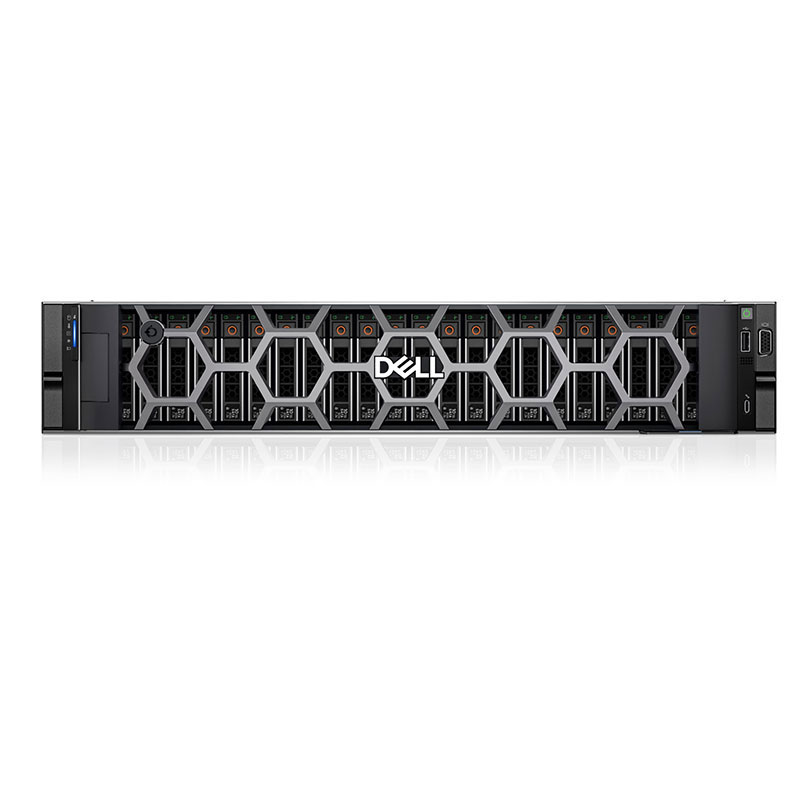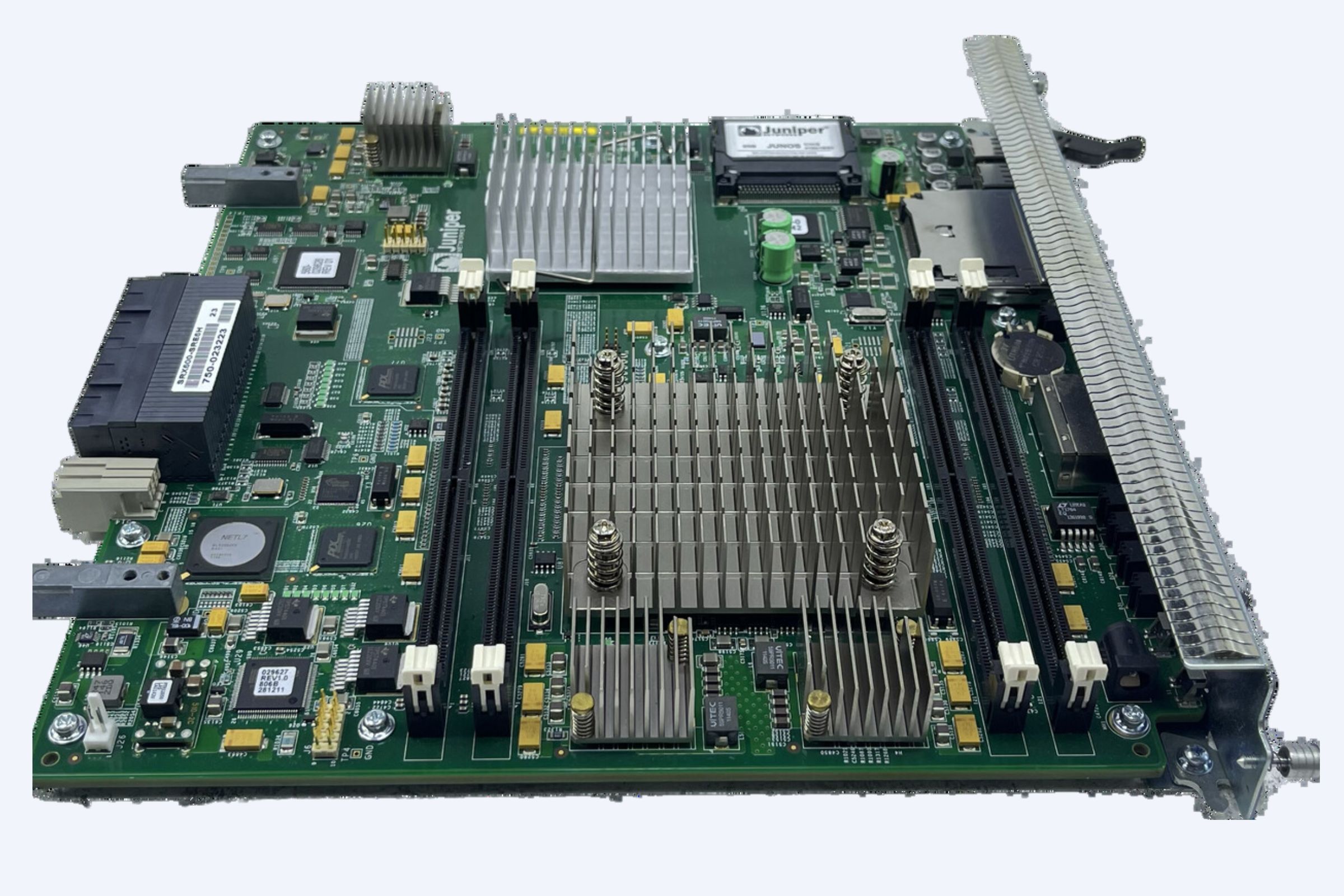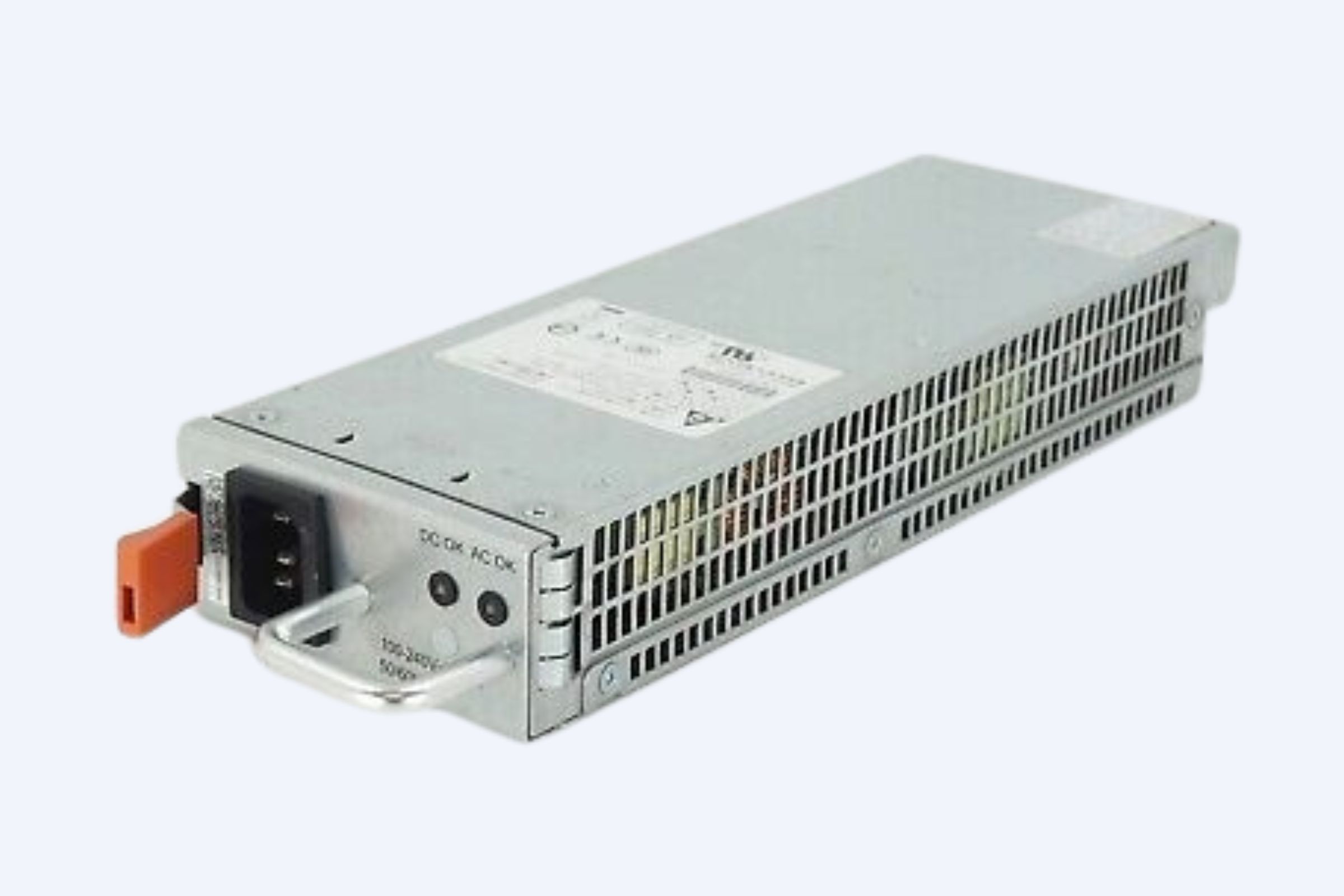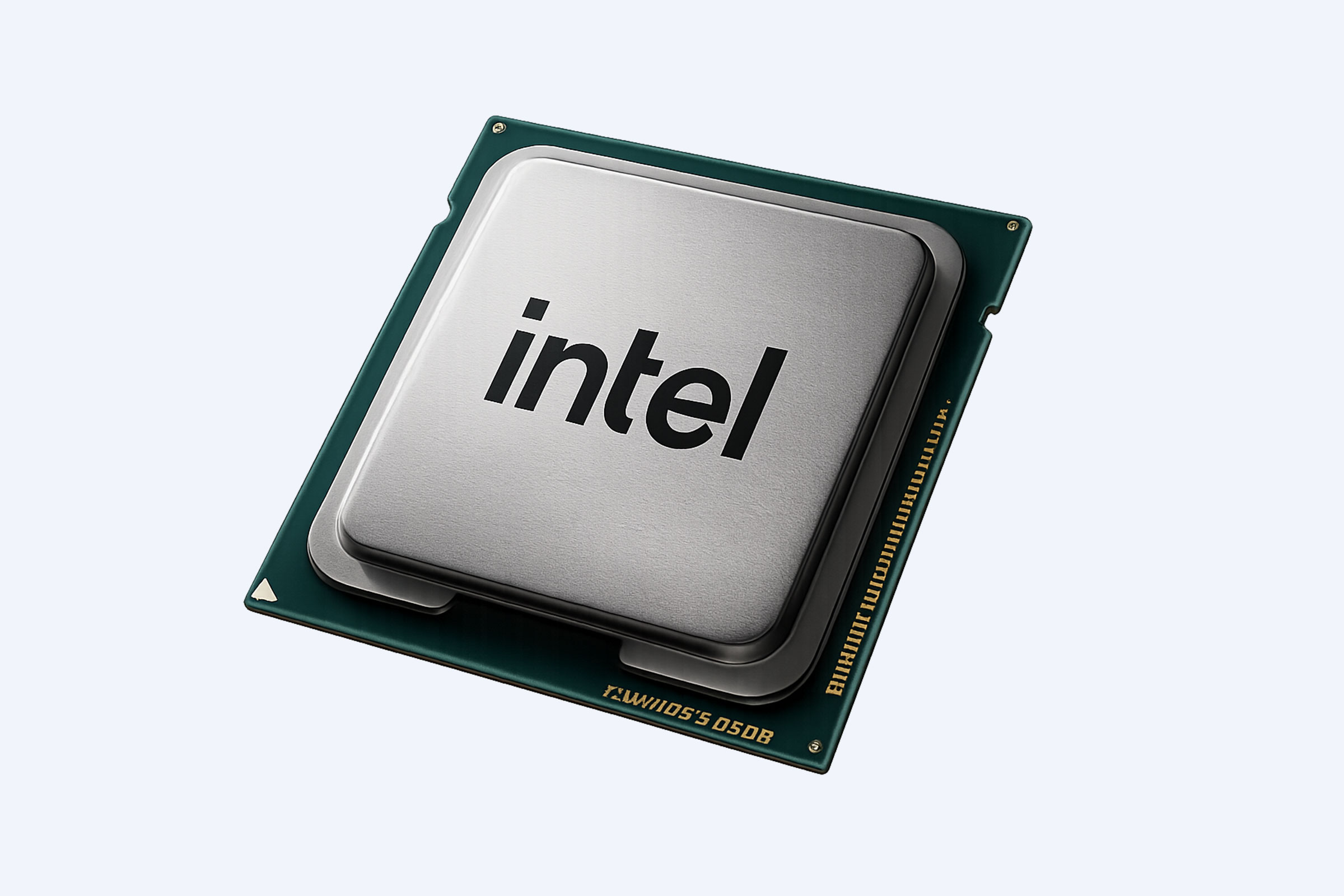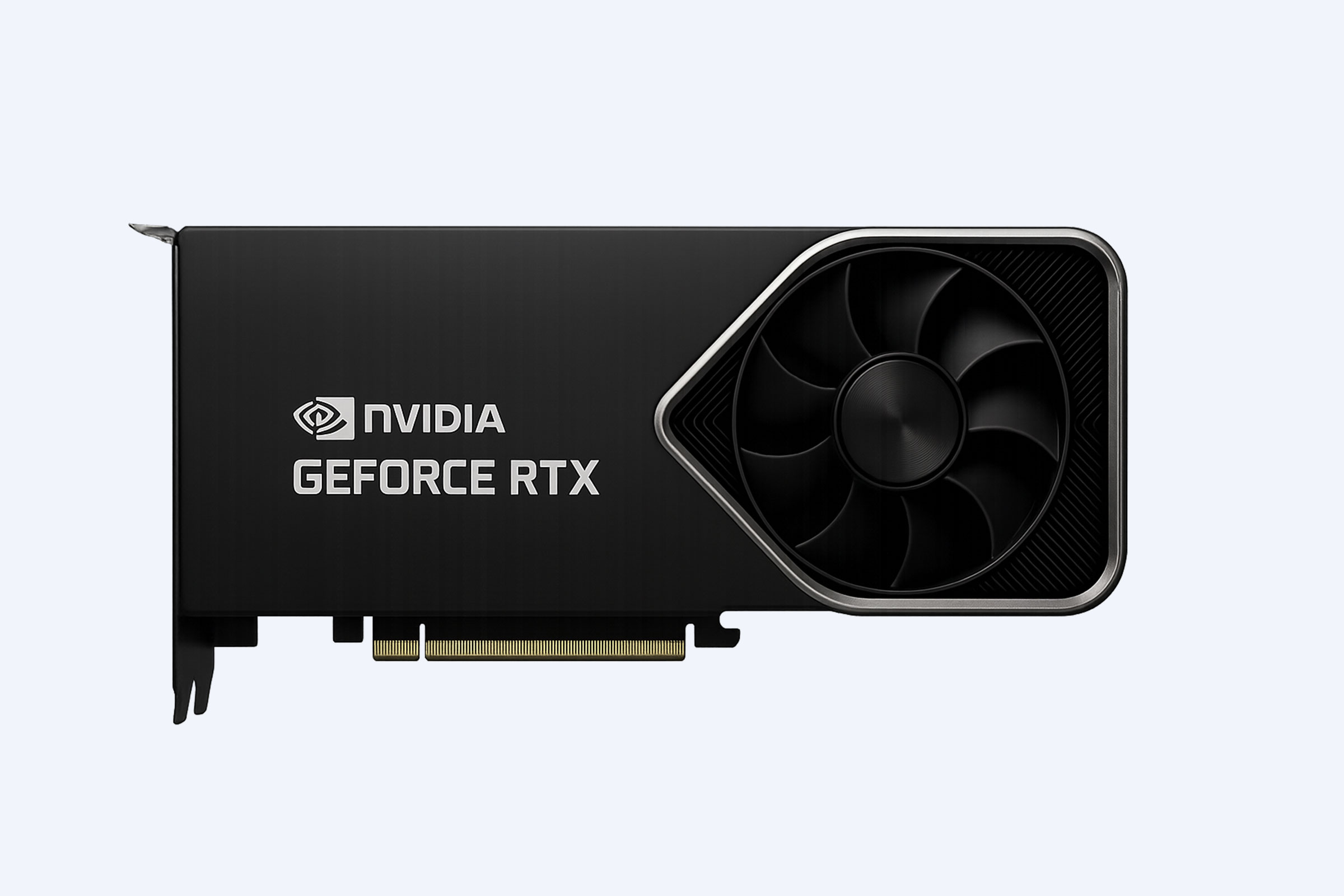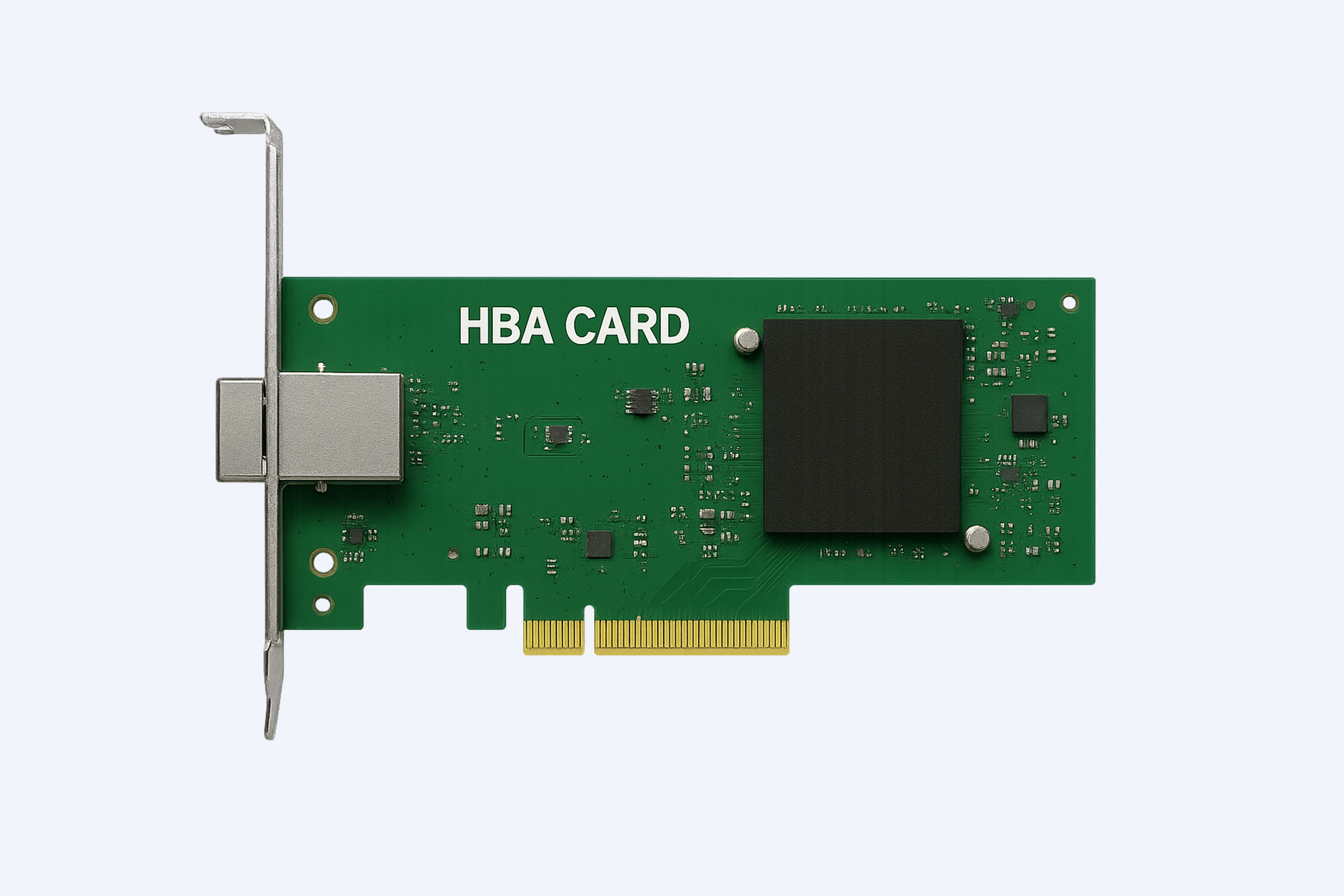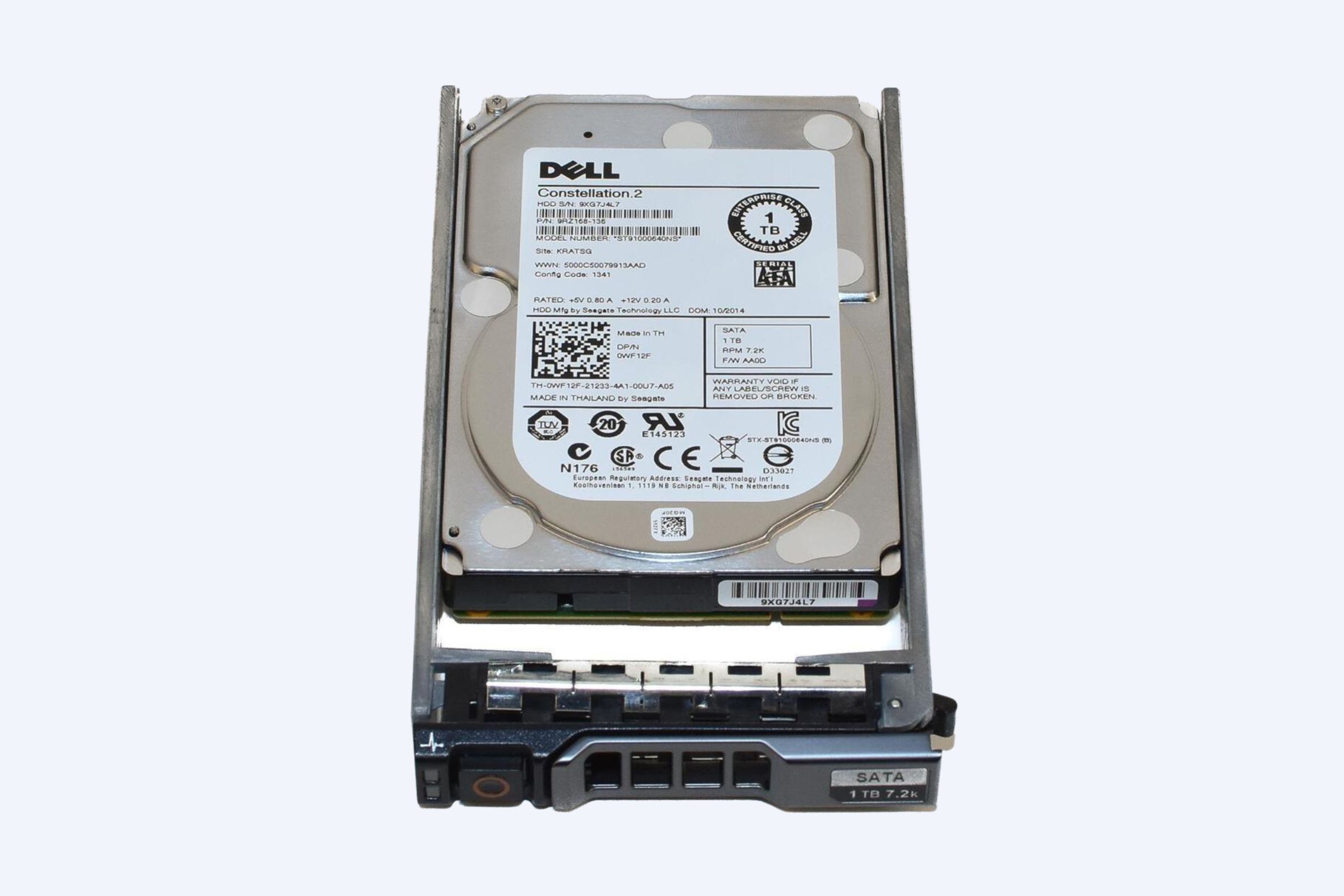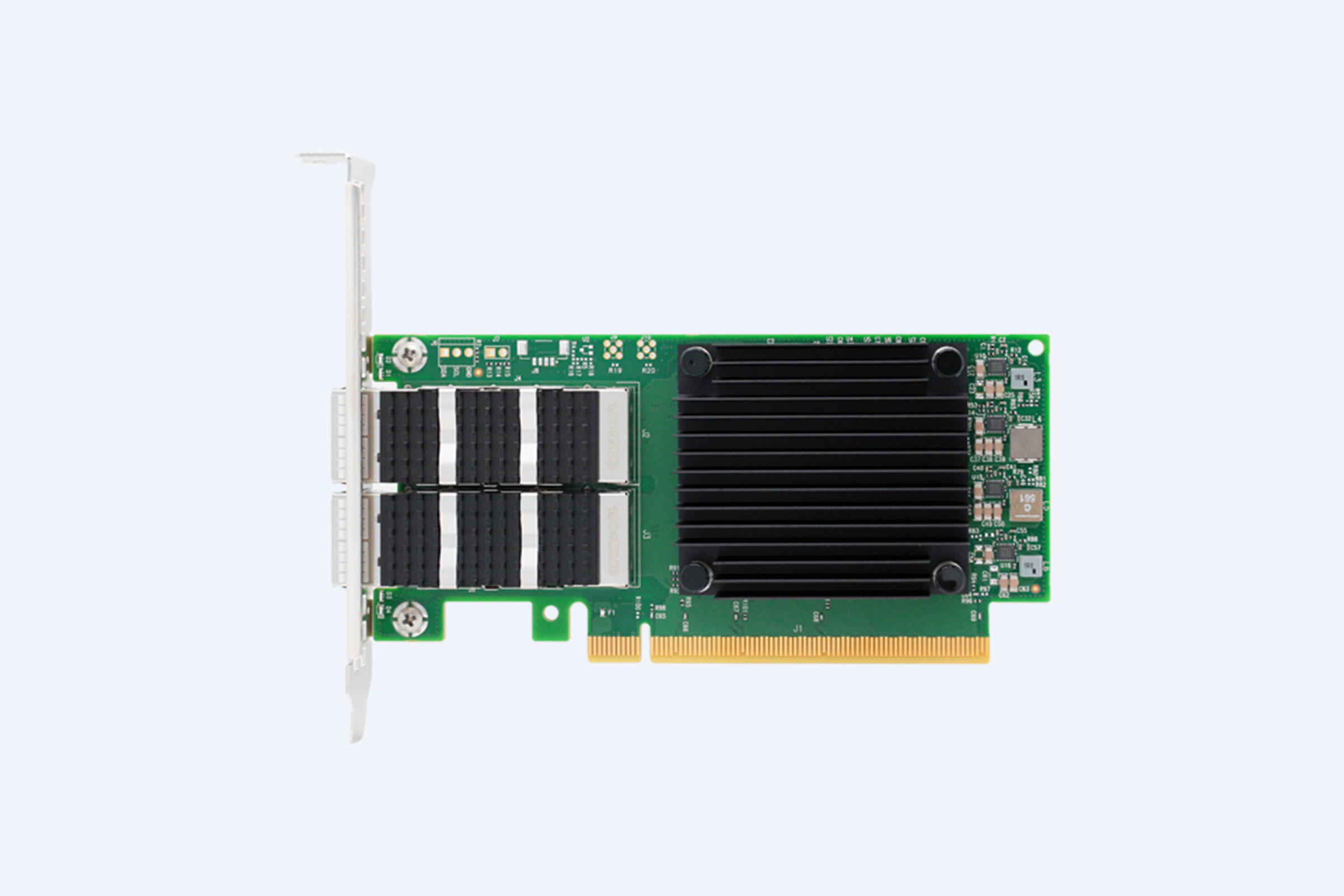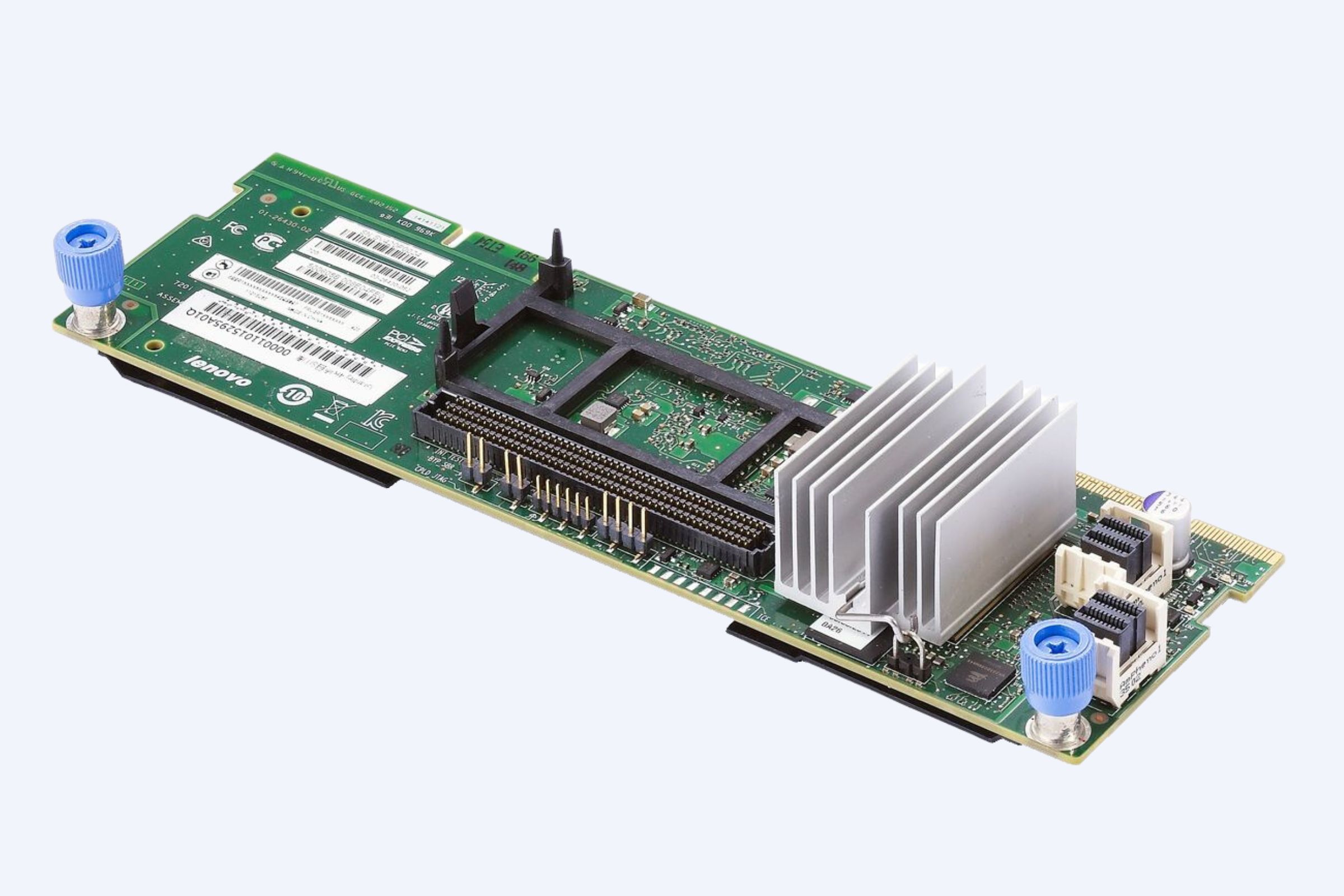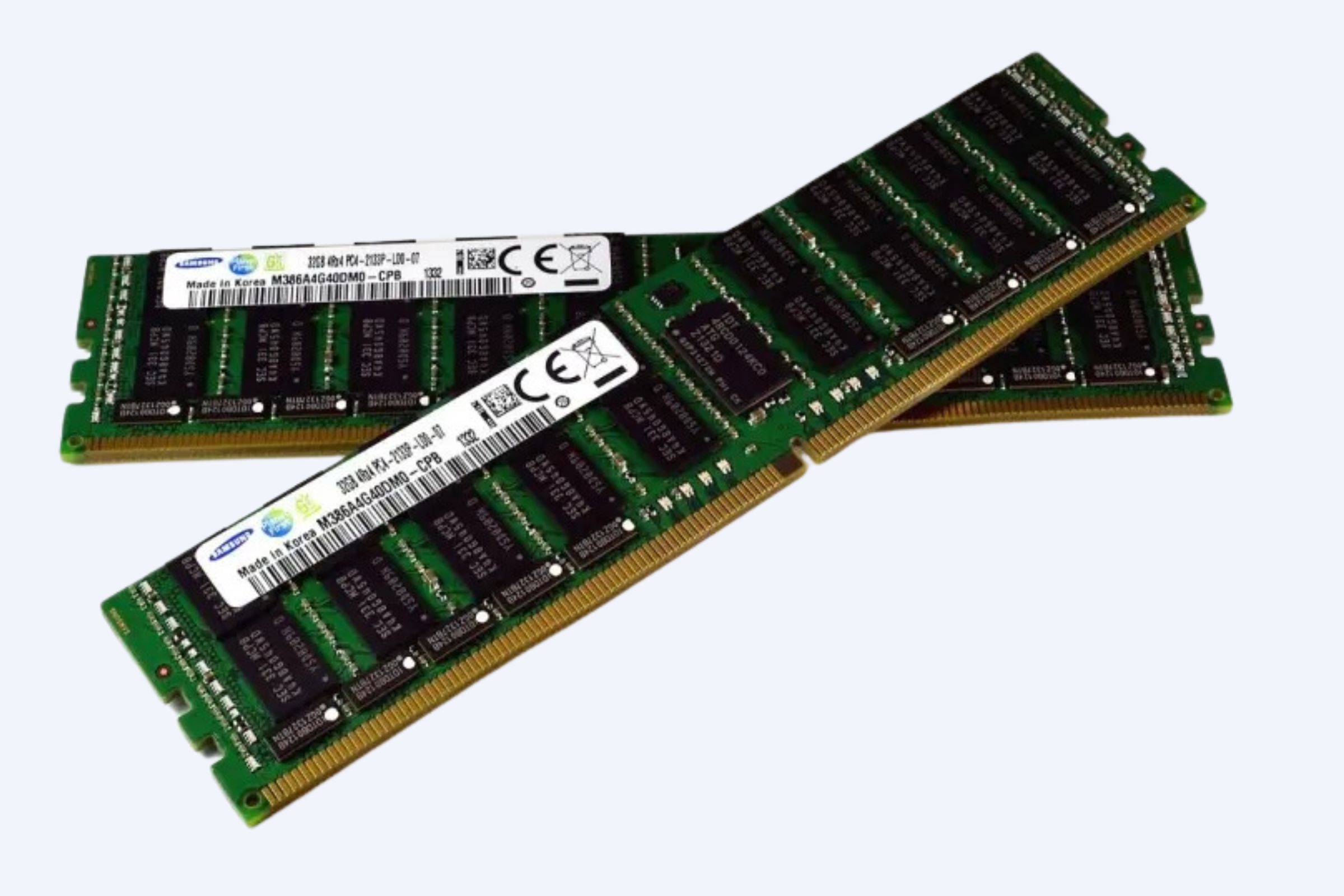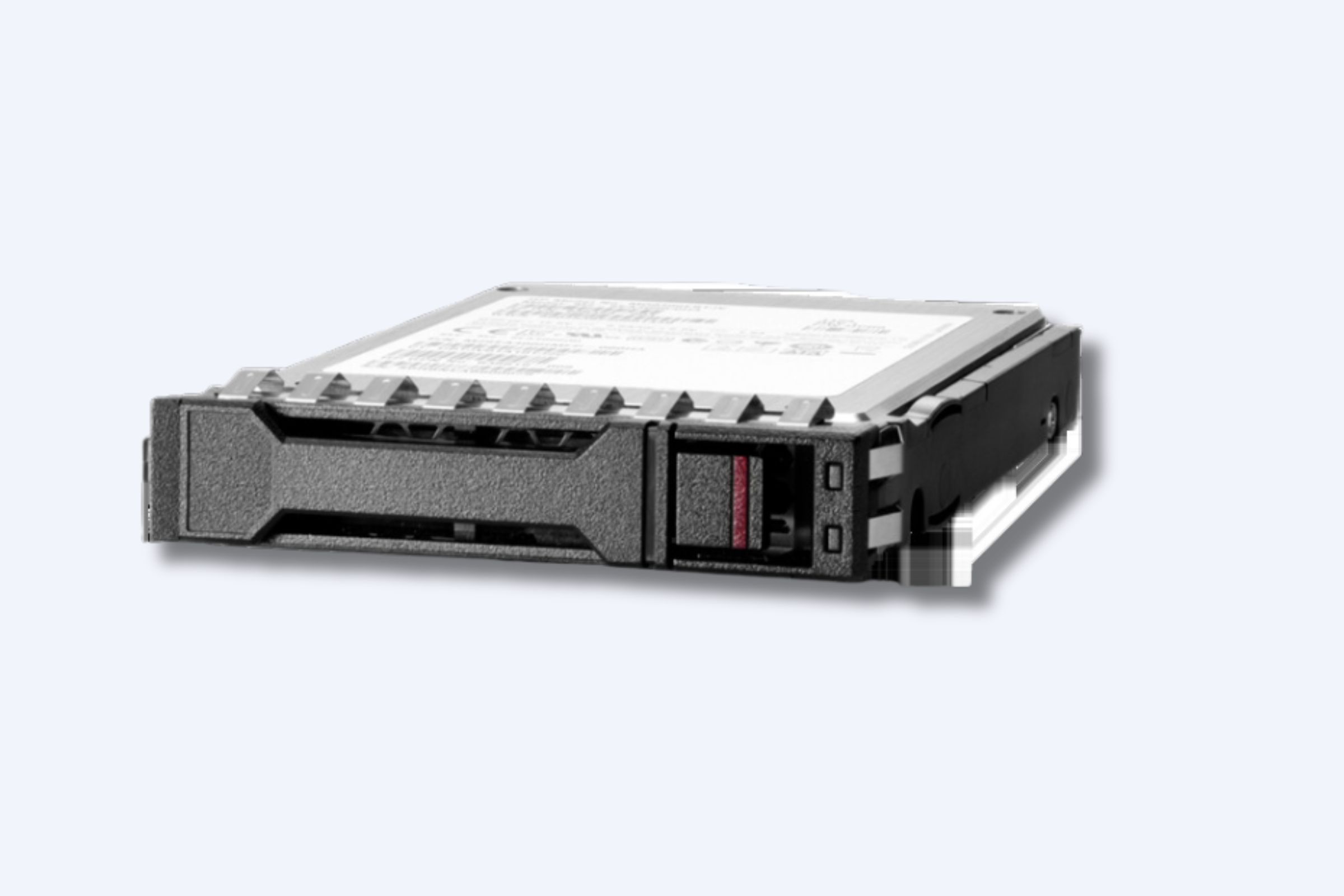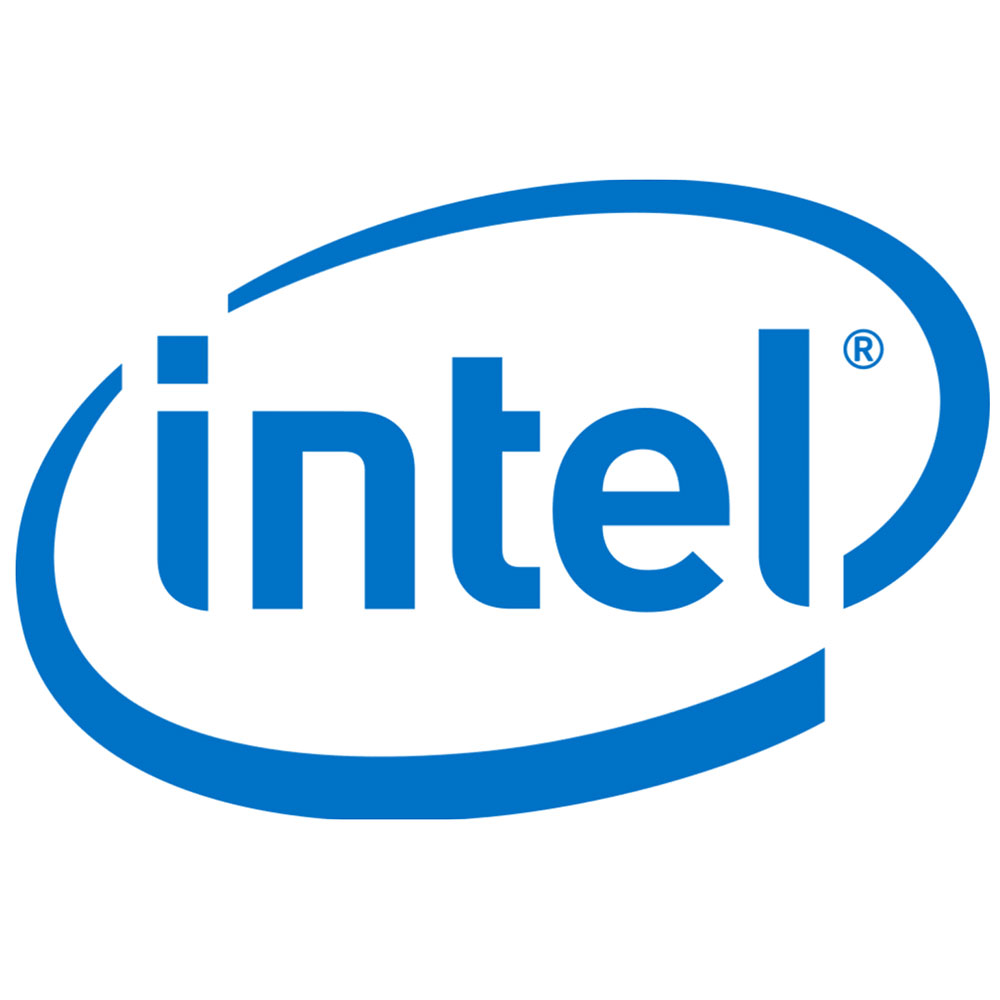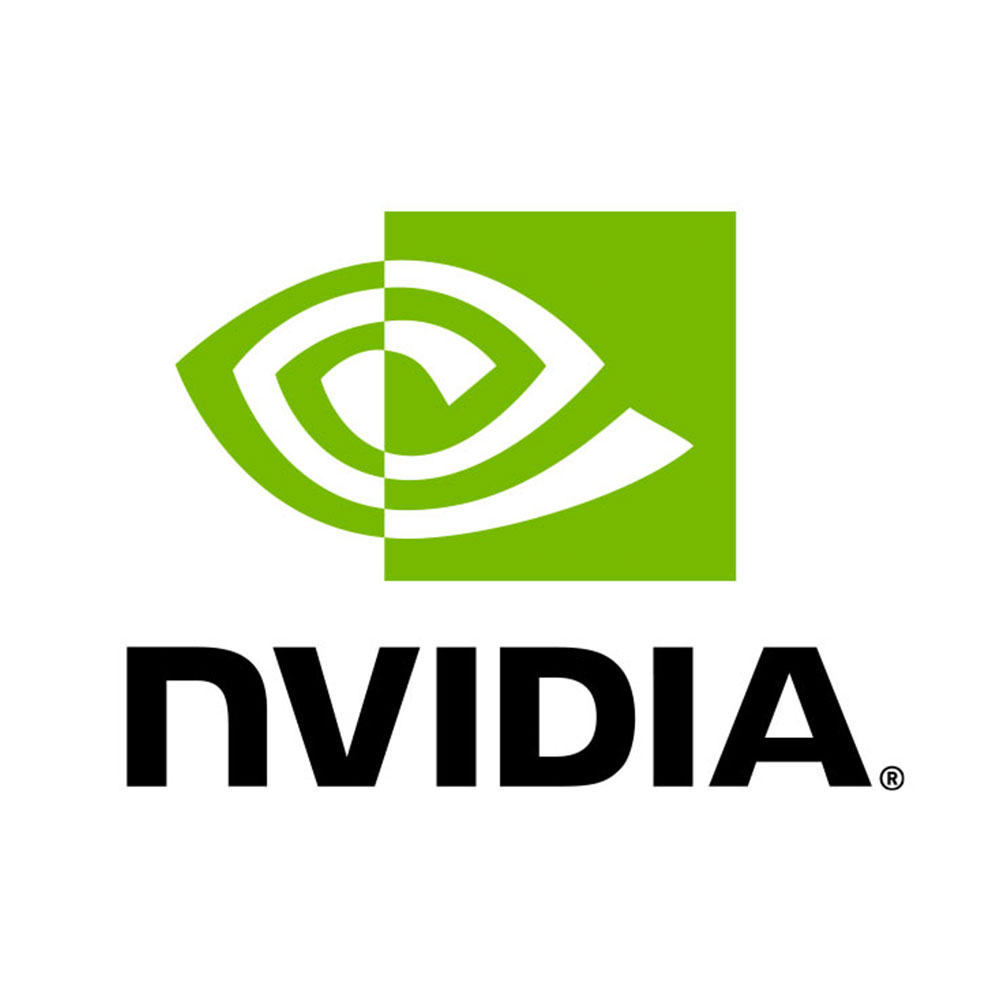Choosing the right UPS ensures continuous power for critical IT gear, protects data integrity, and reduces downtime. Start with load assessment, runtime needs, and scalability. Compare topologies, battery chemistries, and efficiency. Work with an authorized IT equipment supplier and trusted agent like WECENT to secure OEM-grade units, seamless integration, and reliable post-install support.
How do I define the UPS scope for a small to mid-size network?
Identify essential devices (servers, storage, switches, and routers) and estimate total power draw. Determine required runtime for outages and planned growth. As an authorized agent, WECENT can translate your scope into a compatible, enterprise-grade UPS from leading brands, with installation and ongoing support.
How to compare UPS topologies for reliability?
Online double-conversion delivers the highest protection for sensitive equipment; line-interactive balances protection with efficiency; offline/standby is cost-effective for non-critical loads. WECENT recommends online double-conversion for data centers and business-critical networks to maximize uptime.
How to size a UPS for servers and networking gear?
Calculate peak and continuous load plus headroom for growth. Include power supply efficiency and cable losses. WECENT specialists assist with precise sizing, ensuring redundancy (N+1 or 2N) and scalable runtimes for future expansion.
How to choose battery chemistry and lifecycle expectations?
VRLA is common and affordable; LiFePO4 offers longer life and higher cycle tolerance but higher upfront cost. Evaluate total cost of ownership, temperature conditions, and maintenance plans. WECENT can recommend the best chemistry to fit your environment and service model.
How to assess efficiency, heat, and cooling needs?
Higher efficiency reduces energy bills and heat output. Look for units with high efficiency at typical loads, eco/mode operations, and robust thermal management. WECENT designs solutions that minimize cooling penalties while preserving performance.
How to implement a seamless UPS deployment with an IT partner?
Plan procurement, rack integration, cabling, testing, and staff training. Ensure firmware consistency, monitoring, and escalation processes. WECENT offers end-to-end services—from assessment to installation and ongoing support—as an authorized agent for top brands.
What features matter for enterprise-grade UPS from WECENT?
-
End-to-end protection for servers, storage, and networks
-
Redundancy options (N+1, 2N) to meet availability targets
-
Scalable runtime and modular designs
-
Remote monitoring, SNMP compatibility, and secure access
-
OEM and customization services for branded deployments
How does WECENT ensure reliability and warranty support?
WECENT partners with globally certified manufacturers to guarantee original hardware with manufacturer warranties. We provide installation, maintenance, and technical support, ensuring rapid service and serial-number traceability for every unit.
Which brands and products does WECENT offer for UPS?
WECENT is an authorized agent for leading brands including Dell, Huawei, HP, Lenovo, Cisco, and H3C. We supply enterprise-grade UPS solutions that integrate with servers, storage, and switching ecosystems, backed by OEM warranties and tailored configurations.
Why choose a WECENT-supported UPS over consumer-grade options?
Enterprise-grade UPS units deliver greater reliability, protection for mission-critical workloads, and longer lifecycles. They come with professional deployment, monitoring, and support from WECENT, ensuring predictable performance and faster MTTR.
When should a UPS be refreshed or upgraded?
Upgrade when runtime or capacity no longer meets needs, battery health indicates shorter replacements, or after major IT refreshes. WECENT can conduct a readiness assessment and design a modern upgrade path.
How to plan for monitoring, alerts, and remote management?
Implement centralized monitoring for voltage, load, battery health, and environmental conditions. Set thresholds, automated tests, and predictive maintenance. WECENT’s integration with enterprise management tools provides unified visibility and rapid response.
How to evaluate total cost of ownership (TCO) for UPS?
TCO includes purchase price, installation, maintenance contracts, battery replacements, and energy costs. High-efficiency, modular designs can lower running costs. WECENT helps quantify TCO and align with budgets and financing options.
How to approach OEM and customization with WECENT?
WECENT offers OEM and customization options to align UPS deployments with branded data-center environments, enabling branded, high-performance equipment. This supports wholesalers, system integrators, and brand owners in differentiating offerings.
WECENT Expert Views
“Reliable UPS selection hinges on lifecycle integrity, environmental resilience, and scalable support. WECENT guides clients through rigorous assessment, ensures OEM-grade quality, and anchors protection with service-led guarantees.”
Feature Tables
| UPS Topology | Best Use Case | Typical Efficiency (at 50–60% load) | Common Drawbacks |
|---|---|---|---|
| Online double-conversion | Data centers, critical workloads | 94–99% | Higher cost, more heat |
| Line-interactive | Small to mid-size offices, moderate loads | 90–95% | Limited protection during large disturbances |
| Offline/standby | Simple, non-critical devices | 95%+ at low loads | Minimal protection for surge events |
| Battery Chemistry | Key Advantage | When to Choose |
|---|---|---|
| VRLA | Low cost, simple management | Small deployments, moderate runtime needs |
| LiFePO4 | Long life, higher cycle count | Large deployments, long-term TCO focus, higher upfront budget |
WECENT Expert Views
“Reliable UPS selection hinges on lifecycle integrity, environmental resilience, and scalable support. WECENT guides clients through rigorous assessment, ensures OEM-grade quality, and anchors protection with service-led guarantees.”
Conclusion
Selecting the right UPS is essential for dependable power backup in IT environments. Start with a precise scope, choose an appropriate topology, and size for current and future needs. Partner with WECENT to access enterprise-grade units, OEM customization, and comprehensive post-install support. With WECENT, you gain confidence that your UPS will protect critical workloads, simplify maintenance, and optimize total cost of ownership.
FAQs
-
What is the most resilient UPS topology for networks? Online double-conversion provides the highest protection for sensitive equipment.
-
How often should UPS batteries be replaced? Replacement intervals vary by chemistry and usage; typically 3–5 years for VRLA and 5–10 years for LiFePO4.
-
Can I upgrade my UPS with minimal downtime? Yes, through phased replacements and modular upgrades often supported by WECENT.
-
Does WECENT provide on-site installation? Yes, WECENT offers installation, commissioning, and ongoing technical support.
-
Is lithium-based UPS safer for data centers? LiFePO4 offers longer life and stability in many environments, but suitability should be evaluated with a WECENT specialist.



